Bindloss Dawes Architects’ Autobarn houses a collection of Porsches
The Autobarn by Bindloss Dawes Architects provides serene space to store and service a clutch of classic Porsches
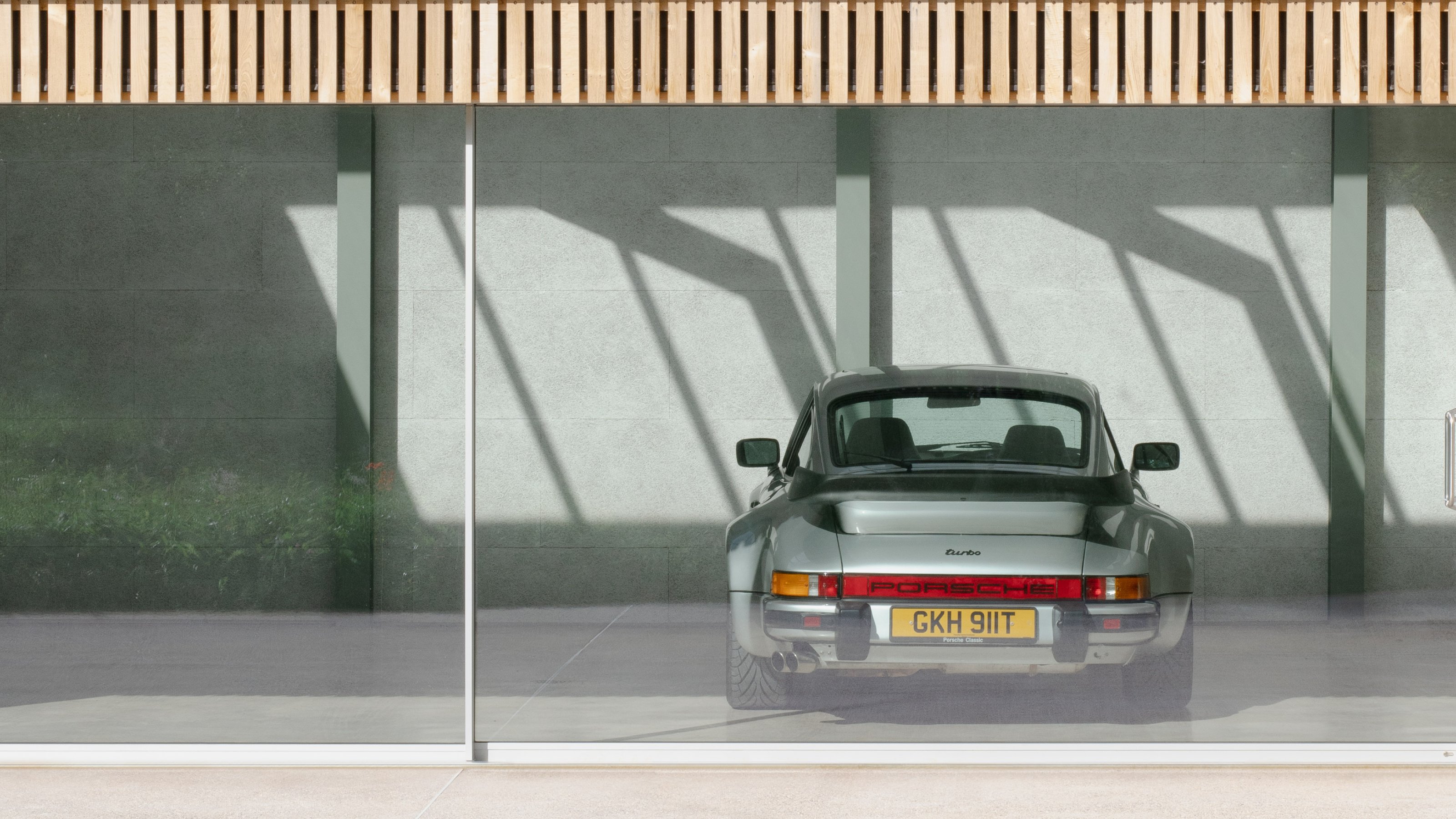
Bindloss Dawes’ ‘Autobarn’ states its function pretty clearly, but the ‘loose-fit’ steel and timber structure is intended to be ultra-flexible from the outset.
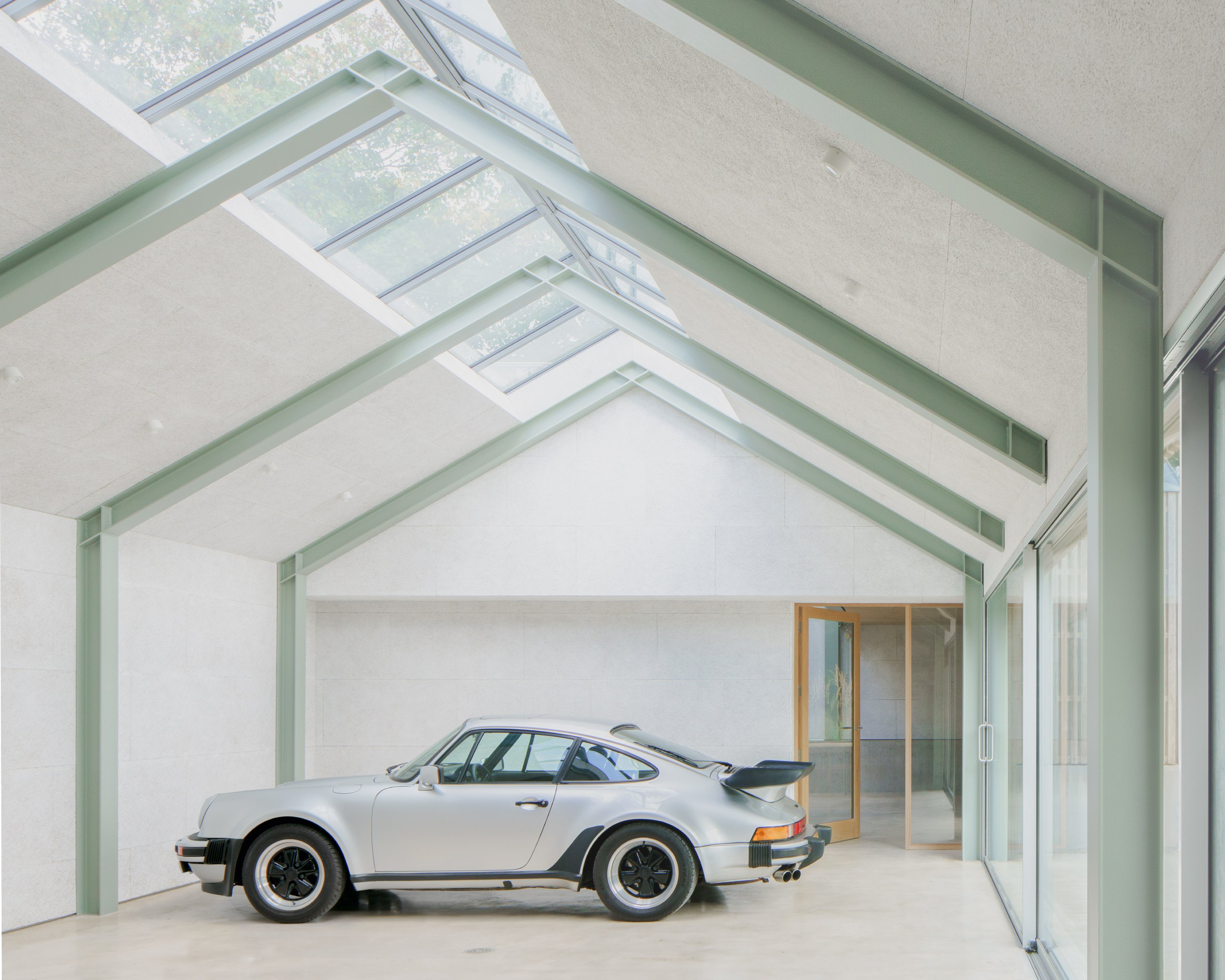
Autobarn: a home for cars
The site is in the grounds of a Grade II-listed 18th-century house in southern England, and the brief called for a home for the client’s classic car collection, a structure that went above and beyond a conventional garage and became something more akin to a gallery, albeit a place where work could still be undertaken.
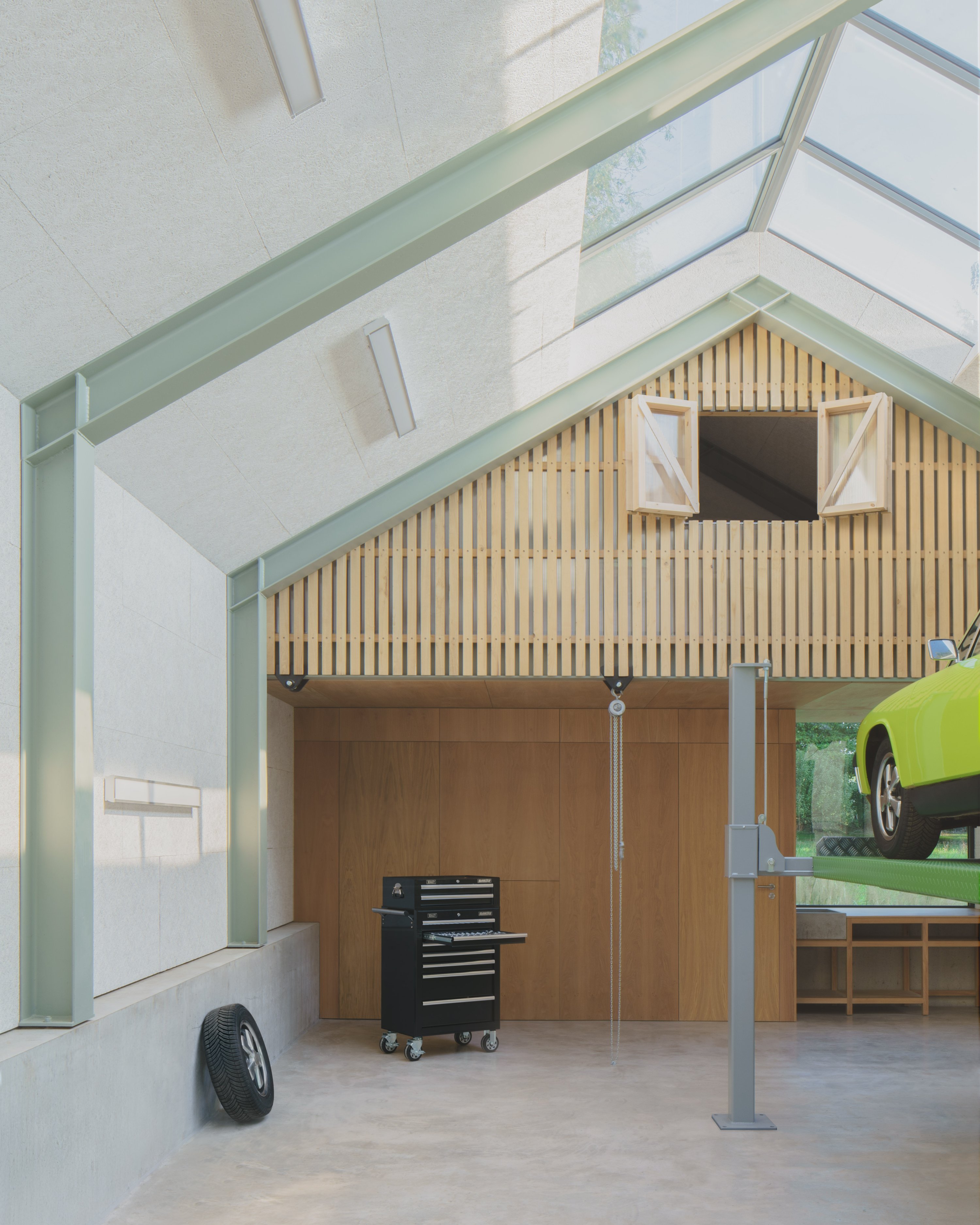
The 165 sq m project is split into two components, set at right angles to each other. Pitched roofs acknowledge the existing house and the local vernacular, but the façade treatment is very different. The five-bay garage adjoins the two-car workshop space, complete with car lift, storage for tools and parts, and a utility area.
All the spaces are top lit, with a precisely detailed steel frame emphasising the pitch and coming together beneath the apex. Access is via large sliding doors, all the way to a 7m, three-bay timber screen on the garage structure, which is joined by a sliding glass door for added security.
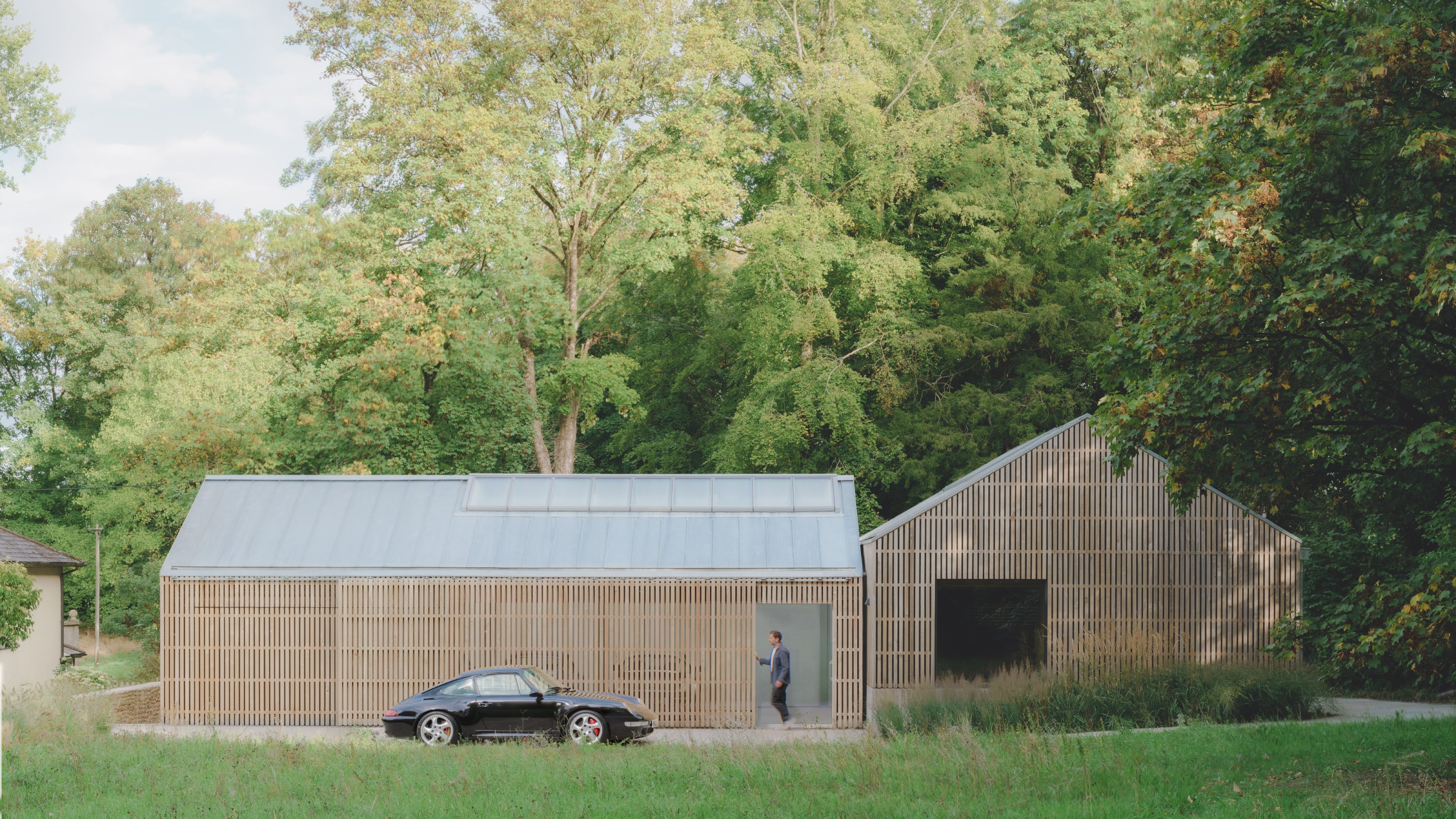
The client’s passion is classic Porsches, with several generations of the iconic 911 represented, alongside a 1970s-era 914. ‘Our aim was to create a building that appeared elegant and familiar at first glance, but then opened up to reveal something surprising and unexpected,’ says architect Oliver Bindloss. ‘Using the barn typology helped us to achieve this, creating simple timber forms that you might expect to find throughout the countryside, but then introducing some theatre with the big sliding doors, opening up the building to reveal the car collection inside.’
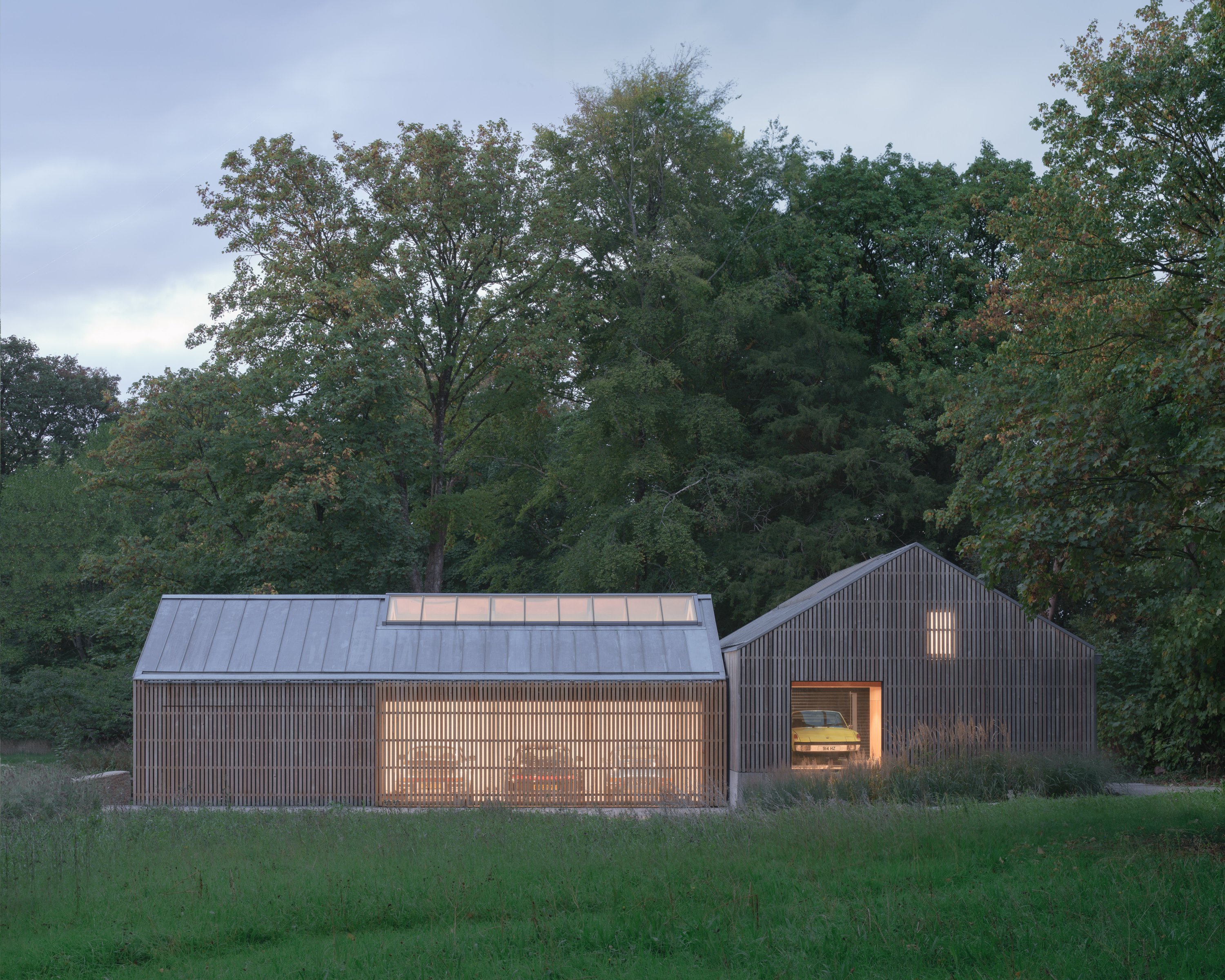
The barn analogy is furthered by the use of straightforward, quasi-agricultural materials like concrete and recycled wood strand board, as well as a zinc roof. The sweet-chestnut cladding and meticulous interior joinery reflect the timeless details of the cars themselves.
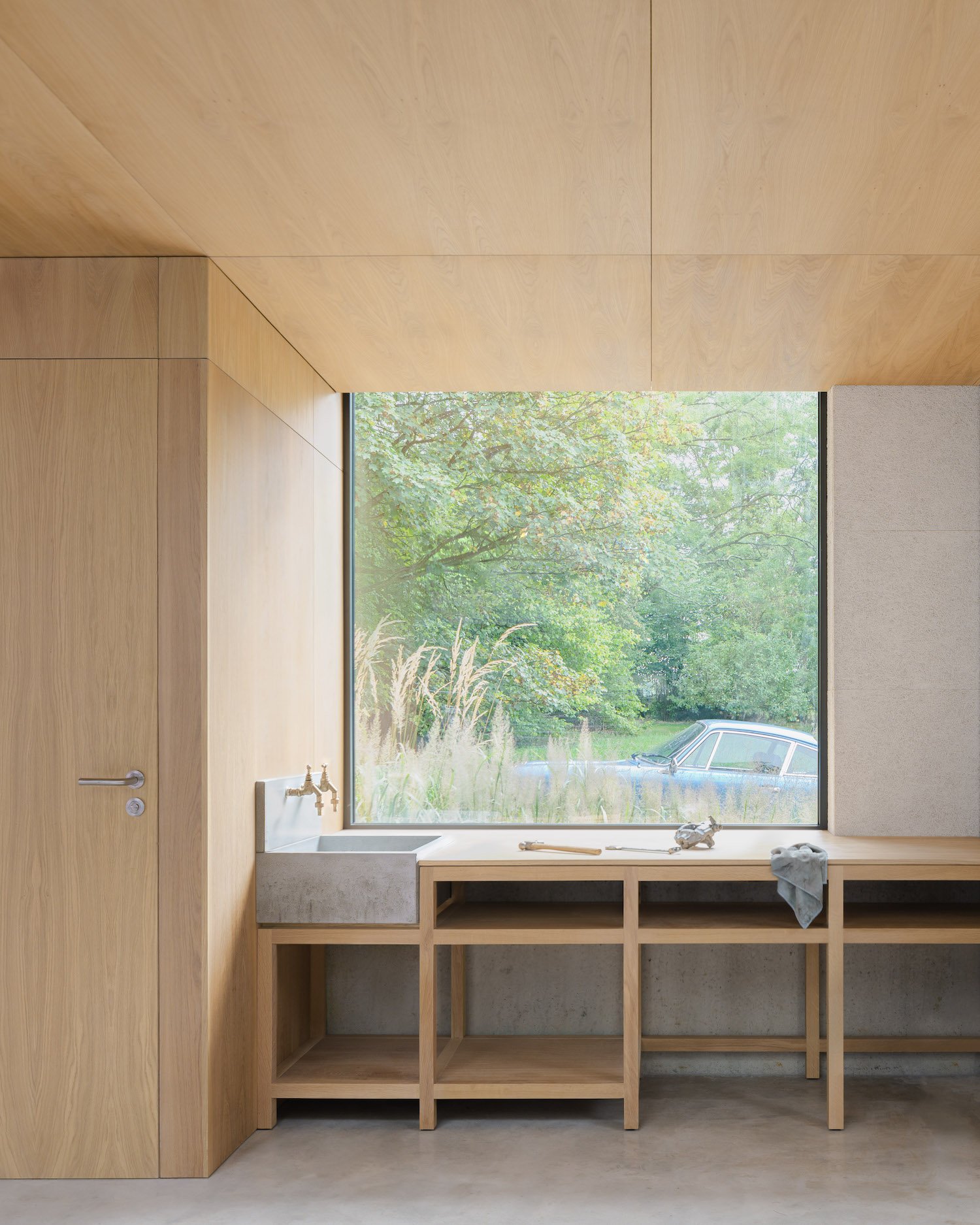
The adaptability of the structure is guided by futureproof design elements, like the underfloor heating and air source heat pump that could be switched on if needed, with additional services concealed within the panelling, should the Autobarn’s future use change.
Receive our daily digest of inspiration, escapism and design stories from around the world direct to your inbox.
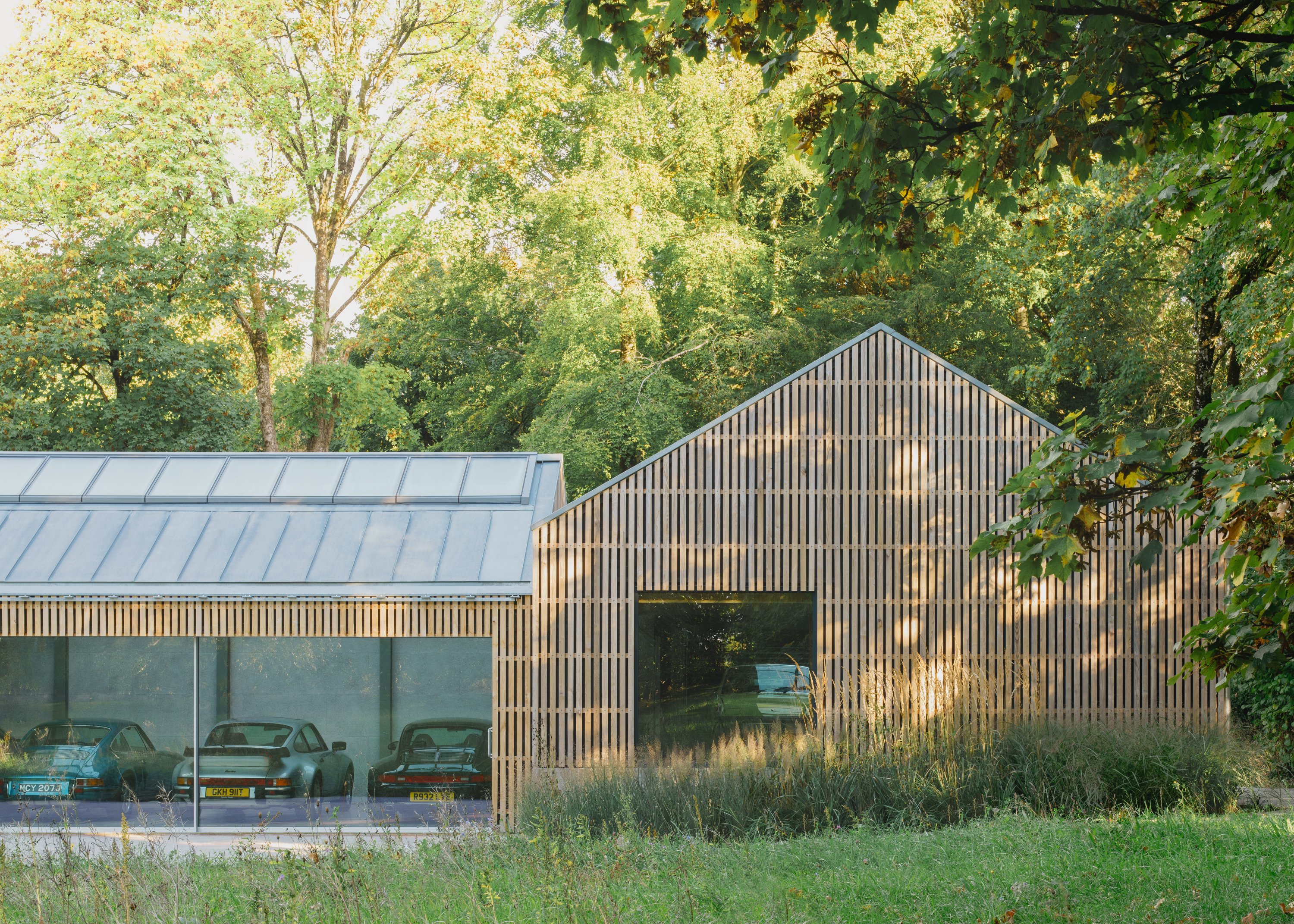
Bindloss and George Dawes founded their Somerset-based studio in 2018, following working together at Jamie Fobert Architects. The client describes the Autobarn project as a ‘close collaboration’ with architects, a way of realising a ‘long-term dream to bring my car collection together under one roof, and to start all the restoration projects I’ve been planning’.
Jonathan Bell has written for Wallpaper* magazine since 1999, covering everything from architecture and transport design to books, tech and graphic design. He is now the magazine’s Transport and Technology Editor. Jonathan has written and edited 15 books, including Concept Car Design, 21st Century House, and The New Modern House. He is also the host of Wallpaper’s first podcast.
-
 Volvo’s quest for safety has resulted in this new, ultra-legible in-car typeface, Volvo Centum
Volvo’s quest for safety has resulted in this new, ultra-legible in-car typeface, Volvo CentumDalton Maag designs a new sans serif typeface for the Swedish carmaker, Volvo Centum, building on the brand’s strong safety ethos
-
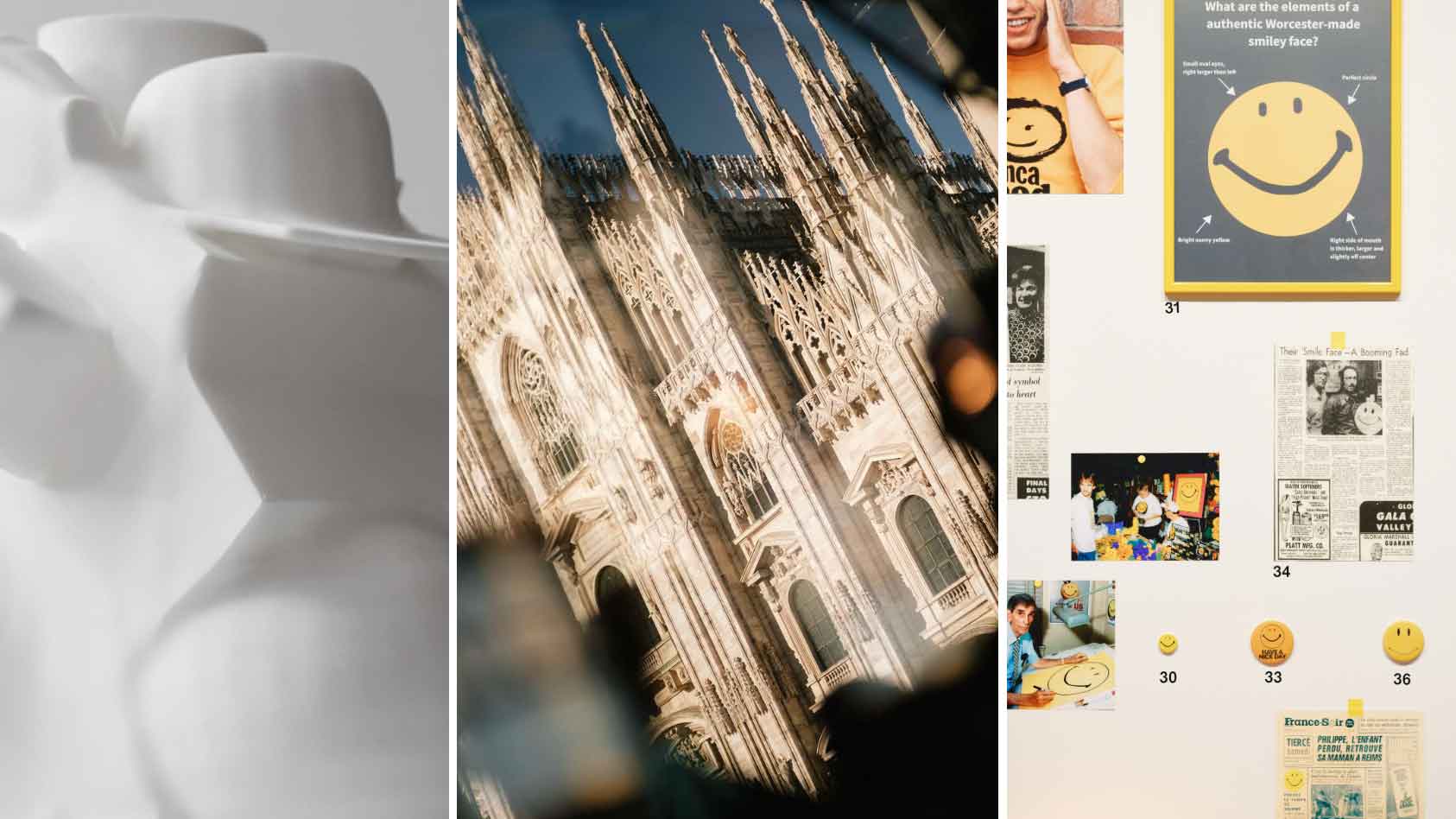 We asked six creative leaders to tell us their design predictions for the year ahead
We asked six creative leaders to tell us their design predictions for the year aheadWhat will be the trends shaping the design world in 2026? Six creative leaders share their creative predictions for next year, alongside some wise advice: be present, connect, embrace AI
-
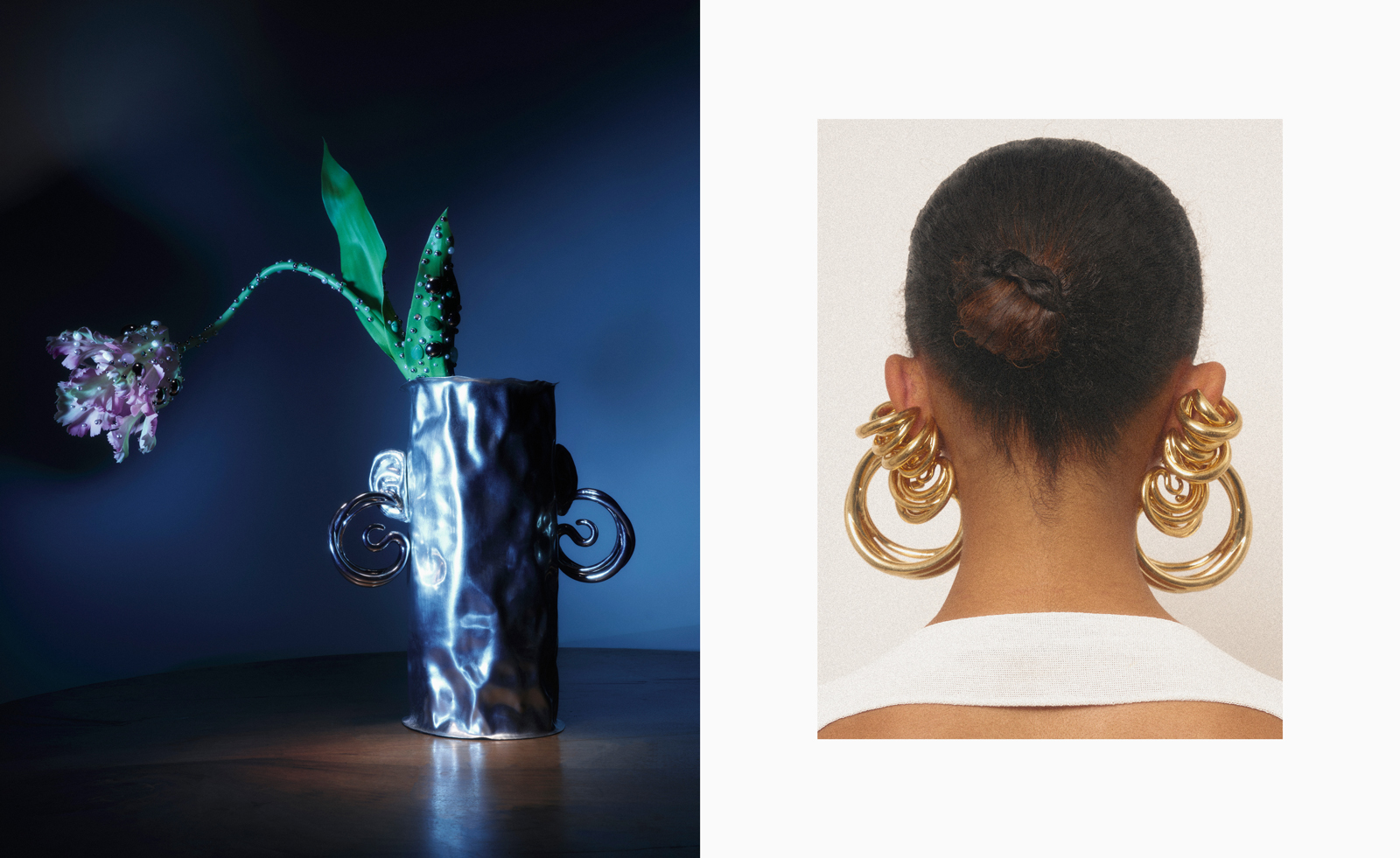 10 watch and jewellery moments that dazzled us in 2025
10 watch and jewellery moments that dazzled us in 2025From unexpected watch collaborations to eclectic materials and offbeat designs, here are the watch and jewellery moments we enjoyed this year
-
 Arbour House is a north London home that lies low but punches high
Arbour House is a north London home that lies low but punches highArbour House by Andrei Saltykov is a low-lying Crouch End home with a striking roof structure that sets it apart
-
 A former agricultural building is transformed into a minimal rural home by Bindloss Dawes
A former agricultural building is transformed into a minimal rural home by Bindloss DawesZero-carbon design meets adaptive re-use in the Tractor Shed, a stripped-back house in a country village by Somerset architects Bindloss Dawes
-
 RIBA House of the Year 2025 is a ‘rare mixture of sensitivity and boldness’
RIBA House of the Year 2025 is a ‘rare mixture of sensitivity and boldness’Topping the list of seven shortlisted homes, Izat Arundell’s Hebridean self-build – named Caochan na Creige – is announced as the RIBA House of the Year 2025
-
 In addition to brutalist buildings, Alison Smithson designed some of the most creative Christmas cards we've seen
In addition to brutalist buildings, Alison Smithson designed some of the most creative Christmas cards we've seenThe architect’s collection of season’s greetings is on show at the Roca London Gallery, just in time for the holidays
-
 In South Wales, a remote coastal farmhouse flaunts its modern revamp, primed for hosting
In South Wales, a remote coastal farmhouse flaunts its modern revamp, primed for hostingA farmhouse perched on the Gower Peninsula, Delfyd Farm reveals its ground-floor refresh by architecture studio Rural Office, which created a cosy home with breathtaking views
-
 A revived public space in Aberdeen is named Scotland’s building of the year
A revived public space in Aberdeen is named Scotland’s building of the yearAberdeen's Union Terrace Gardens by Stallan-Brand Architecture + Design and LDA Design wins the 2025 Andrew Doolan Best Building in Scotland Award
-
 A refreshed 1950s apartment in East London allows for moments of discovery
A refreshed 1950s apartment in East London allows for moments of discoveryWith this 1950s apartment redesign, London-based architects Studio Naama wanted to create a residence which reflects the fun and individual nature of the clients
-
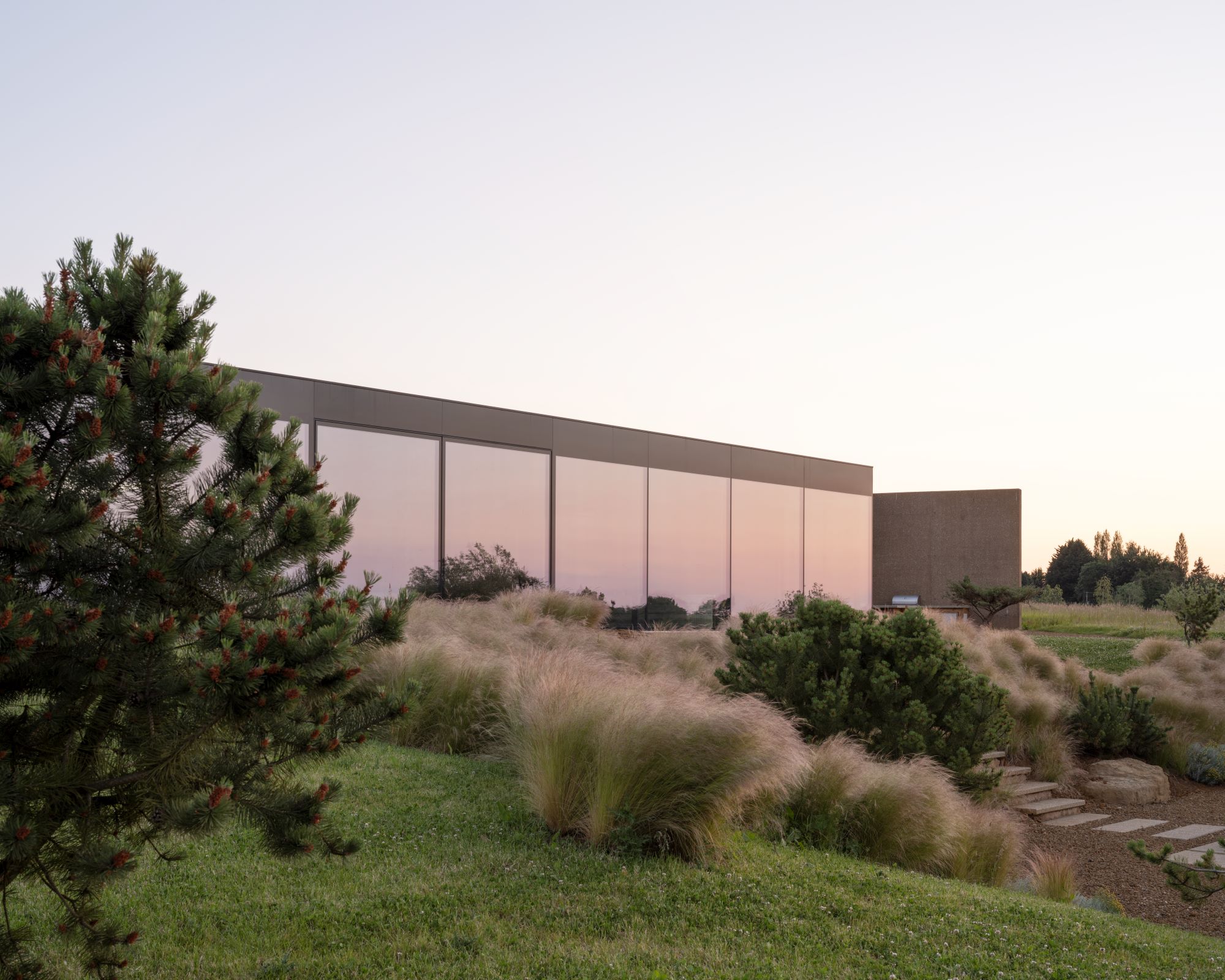 In this Cotswolds home, drama meets minimalism
In this Cotswolds home, drama meets minimalismCotswolds home Hiaven house, with interiors designed by McLaren Excell, is a perfect blend of contemporary chic and calm, countryside drama